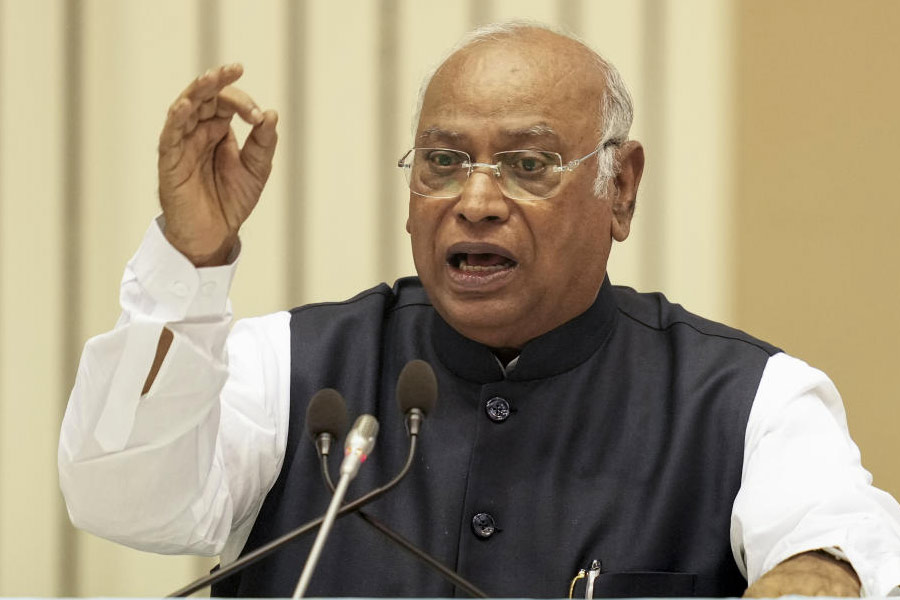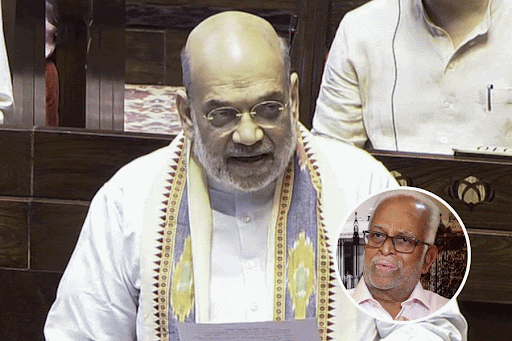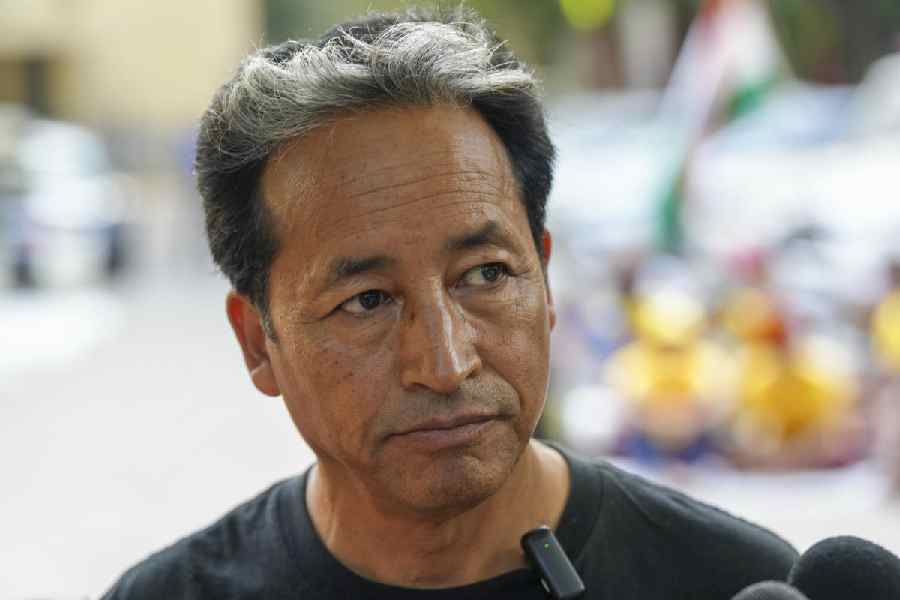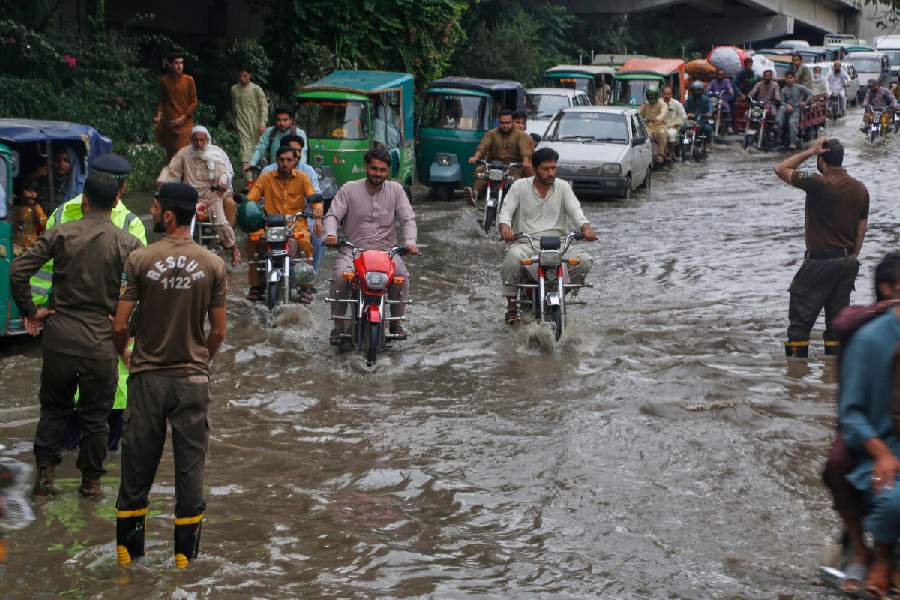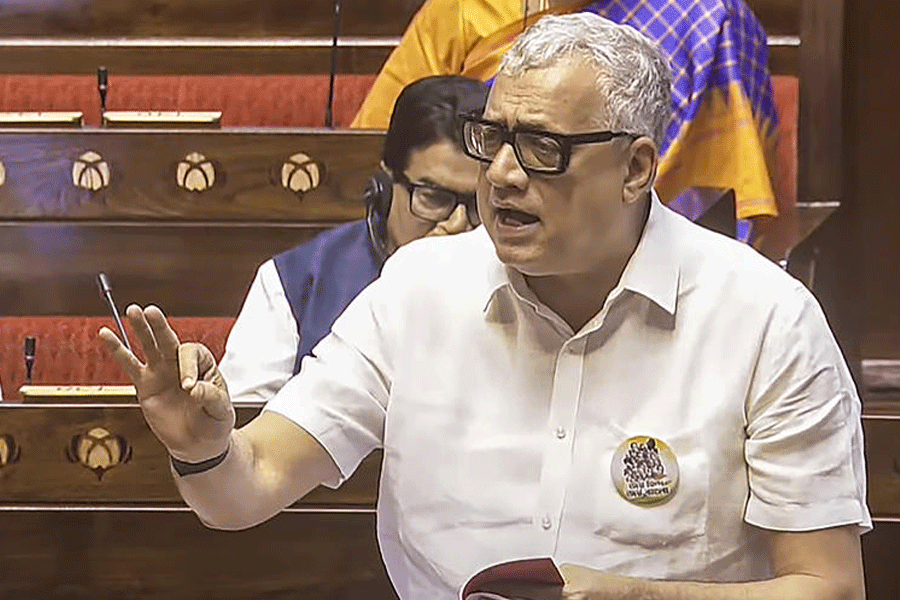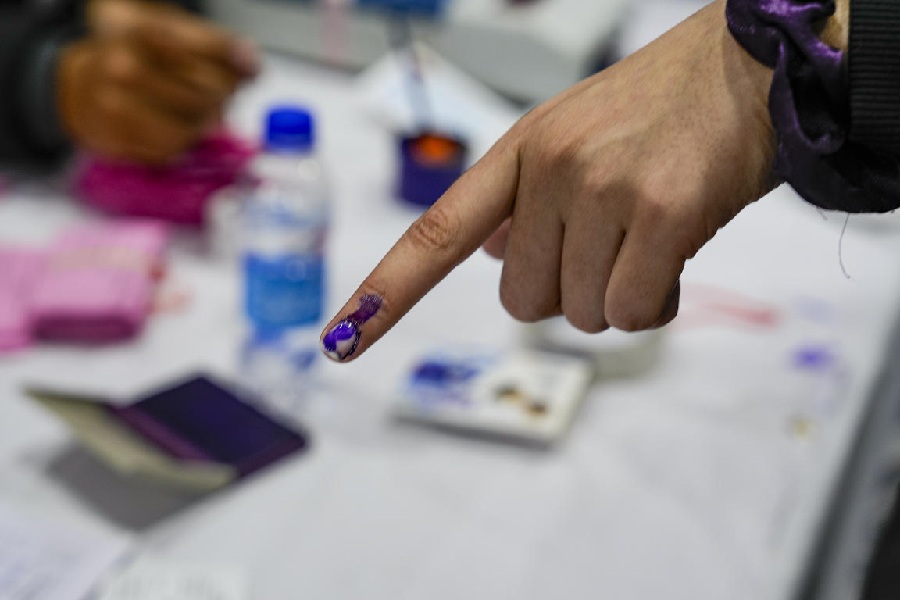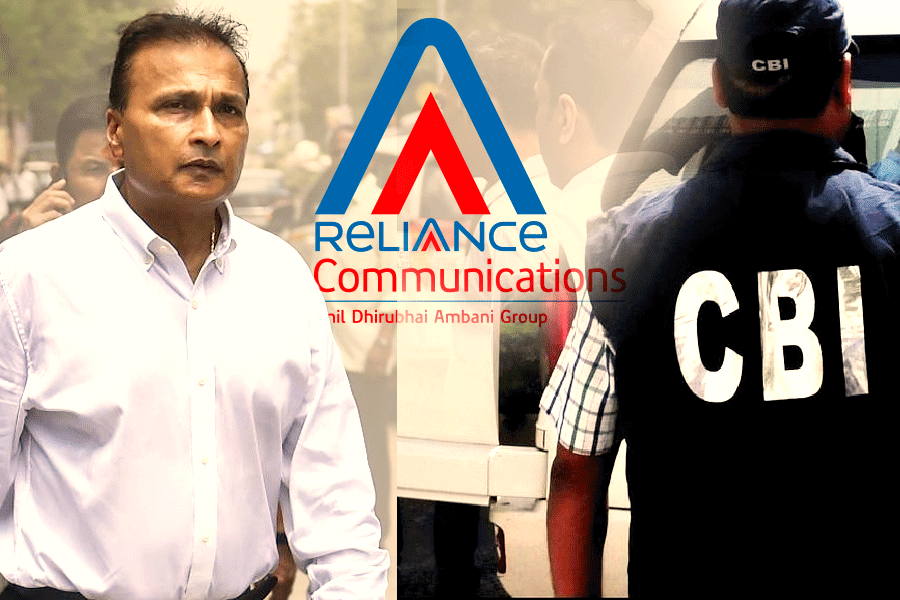
Since Wednesday morning, Uttsaba Pradhan, 80, has been preparing for big moments when the chariots will roll out. He is one of the dahukas or charioteers, who control and guide the movement of the raths.
As a charioteer, he, like his other counterparts, has been reciting songs atop the chariot during car festivals for the past 60 years. Pradhan, who is in charge of Lord Balabhadra’s Taladhawaj chariot, said: “With a bamboo stick in hand, I, along with my other members, direct people about how to pull the chariots, so that they do it smoothly and reach their destination in time.”
He said: “While giving directions to the people, we recite boli (poems related to chariot-pulling) to whip up the sentiments of devotees, who pull the ropes. Our boli encourages them. The atmosphere is electrifying. We cannot afford to commit any error.” He has come from a distance of 35km to Puri.
Bolis are poetic reactions, which dahukas recite during car festivals. “Rath yatra, being a symbolic expression of fertility and life cycle, these bolis sung by the dahuka contain bawdy songs, which can be vulgar at times with sexual innuendos. But, they should not be confused with pornography or erotica.
“Our aim is to entertain and stimulate their emotion. Our boli acts like a tonic for those, who feel fatigues while pulling the ropes. But with the change of time, the temple administration has issued directions about what kind of bolis are not be recited. The temple administration has given a book, which contains the poems that should be recited,” he said, adding that their aim was not to create any disturbance but to give the required momentum to the car-pulling by reciting the poems.
The administration honoured Pradhan with decorative saris being tied on their heads. “It is believed that unless the dahuka boli is sung, rath does not move,” said a senior police officer.
Pradhan said: “I have been a part of car festival for the past 60 years. My father introduced me to this profession when I was at my teen.”

He recalled how hard it was for the devotees to pull chariots when the Grand Road had not been converted to a pucca stretch. “Earlier, the Grand Road was full with mud and slush. When it rained, it used to become difficult for the chariots to roll on. By the end of the day, the devotees used to lose their energy to pull chariots. But once we started citing the boli, they would get a sudden boost of energy.”
Pradhan recalled that he and his colleagues used to get a sore throat and were unable to speak due to reciting of the song at the top of their voice.
“We had to take ghee and other ayurvedic medicine to clear the throat to be ready for the car festival where we could recite the song at the top of our voice.”
Though dahukas are like other sevayats of the temple, they never demand anything. “Money is not an important issue for us. Whatever the administration gives us, we are happy with it. Sometimes, we get less than Rs 1,500 for our service. But, it has not de-motivated the younger generation. To be a part of the car festival is a big thing in our life,” said Kheshtrabashi Amuli, 39, the dahuka of Lord Jagannath’s chariot Nandighosh.
Kheshtrabasi said: “I have been doing it for the past 10 years. Earlier, my father Hadibandhu used to do it.
During rath yatra, we maintain complete celibacy and austerity for a month.”
Kheshtrabasi, a teacher by profession, said: “I appreciate the temple administration’s move to streamline the entire thing. Sometimes people object to our boli saying they are sexually explicit. So, we mainly concentrate on reciting poems based on devotional songs. Of course, we have the liberty to make some changes without insulting anyone.”
Balakrishna Pradhan, 65, the dahuka of Goddess Subhadra’s rath Darpadalan, said: “Compared to the earlier car festivals, nowadays it is more tough to handle. Lakhs of people turned up to witness the festival. If we don’t guide the chariot properly, any mishap may occur. We have to be careful.”
Many scholars are of the view that the boli tradition is the remnant of Vajrayan Buddhism in Odisha and the lyrics bear the signature of Buddhist poetry.


